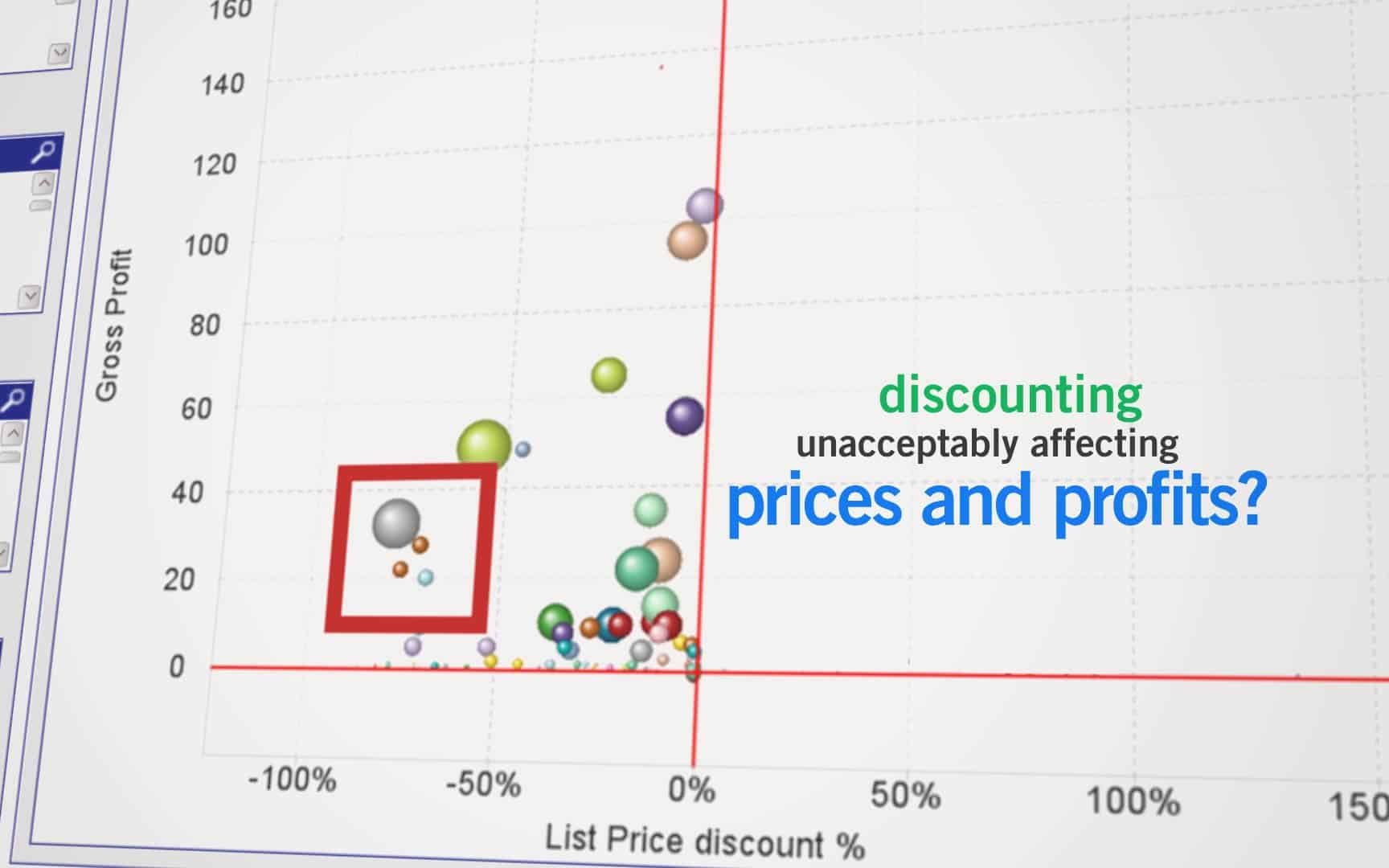Photo ©Pricing Solutions
Nowadays, analytics and “big data” are everywhere: hardly a single day passes without hearing about them in the news. However beyond the “buzz”, a lot of businesses struggle to find any practical use for their data. As global pricing consultants delivering analytics services and tools, we are often asked the same question: “what will I get out of your science?” Over the years, we have identified five situations in which a business needs to make use of its data and implement an analytical process.
1. Learning About Customers
In spite of the increased availability of information, a great many companies are still blind (and deaf) when it comes to knowing their customers. For those companies, simple descriptive and diagnostic tools, including customer segmentation, can help dramatically improve performance. One of our clients in manufacturing saw its margins improving by 4% by simply aligning its pricing (and especially its discounting) along the customer segments we had identified for them. A good understanding of the reasons behind past performance can sometimes go a long way in improving the present.
2. Identifying Pricing Opportunities
The implementation of pricing analytics tools often leads our clients to uncover “quick wins”, or extra revenue and/or margin that can be generated over a short period of time by fixing the most obvious cases of price misalignment or leakages. In a recent project for a client in electronics, our team uncovered over $20 million of such “low hanging fruits” by highlighting a few large but highly unprofitable accounts, and realigning the discounts they were being offered. The benefit to our clients is obvious. Beyond the extra bucks generated on the short term, the quick wins are very often the first building block of a longer term effort to realign prices and increase margins.
Read: Improving Underlying Pricing Capabilities Drive Millions Margin Growth Nationally
3. Planning Pricing Changes & Promotions
The two needs described above are typically expressed by companies without a well-defined pricing strategy. Companies with a pricing strategy already in place have different needs, typically revolving around the necessity to closely monitor the market and to anticipate the impact of a price change or a promotional campaign. Those companies usually require predictive models, capable of reproducing what actually happened in the past, and hence to predict what will happen in the future with great accuracy. Even though the benefits of such tools are less obvious to measure than those stemming from the diagnostic tools described above, they shouldn’t be underestimated. For instance, one of our clients in the consumer packaged goods industry uses a predictive model to plan its price changes and promotions. Using the model over time, they have learned a lot about what to do and even more about what NOT to do. Ultimately, this saved the company millions of dollars by putting an end to inefficient promotions.
Read: Linking Price & Promotion to Bottom Line Improvements
Article written by Frederic Puech, Director of Pricing Analytics, Pricing Solutions Ltd. Pricing Solutions is an international pricing strategy consultancy dedicated to helping clients achieve world class pricing competency. For more information read all of Pricing Solutions case studies.
You may be interested in this Case Study:

4. Optimizing Pricing
Building upon the predictive pricing models they use to manage their prices and promotions, some companies take it to the next level and implement full-fledged profit optimization tools. However, it should be noted that the shift from being able to predict what will happen to actually optimizing pricing is far from being straightforward. Companies that successfully manage the shift typically have had a sound pricing strategy in place for several years and at the same time excel at execution.
Read: Developing an Optimal Pricing Strategy For New Product Launches
5. Getting Stakeholders to Buy Into the Pricing Strategy
Generally speaking, this need applies to all companies, regardless of their industry, size or the degree of sophistication of their pricing strategy. As every pricing manager knows too well, getting all the internal stakeholders (whether from sales, marketing, finance or even production) to agree upon the pricing strategy and execute it accordingly, can prove to be a major challenge. The very fact of backing the strategy itself with “cold hard facts” and a scientifically robust analysis of the data can help facilitate this process and get approval from the various stakeholders more easily.
Article written by Frederic Puech, Director of Pricing Analytics, Pricing Solutions Ltd. Pricing Solutions is an international pricing strategy consultancy dedicated to helping clients achieve world class pricing competency. For more information read all of Pricing Solutions case studies.





